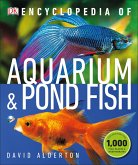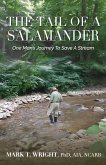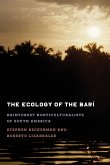Greenspaces provide crucial nature contact for urban residents. When we have greater access and exposure to nature in the places where we live, work, learn, and play, we tend to experience better human health outcomes. Urban parks, trees, and vegetation encourage physical activity, reduce anxiety and depression, support social cohesion by providing gathering spaces, and are associated with reduced mortality and improved overall health. As urbanization increases, cities around the world are developing and implementing plans to better integrate nature within urban settings. However not all greenspaces are created equal in their biodiversity support and human health provision. The goal of this document is to provide science-based guidance for designing urban spaces that foster both human health and urban biodiversity. Anyone making decisions about land use and urban design in cities across the world can benefit from the recommendations in this document (including community organizations, local non-profits, local leaders and policy makers, city planners, urban designers, landscape architects, engineers, gardeners / horticulturists / arborists, residents, and landowners).








